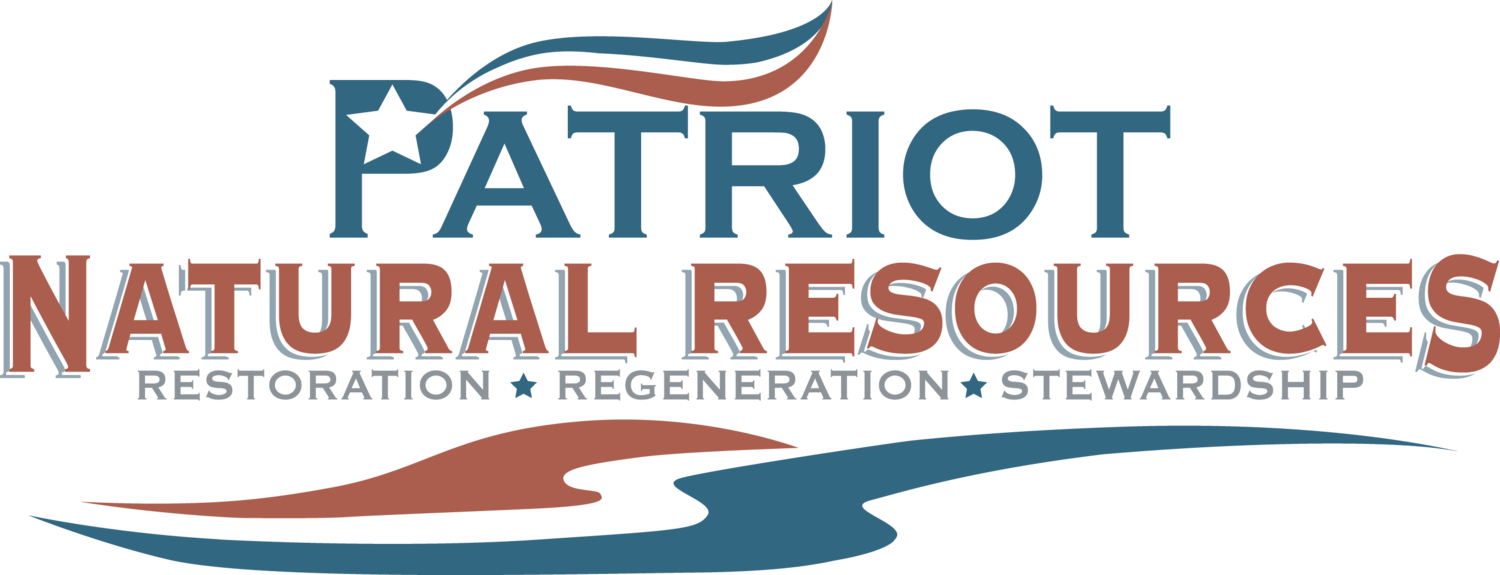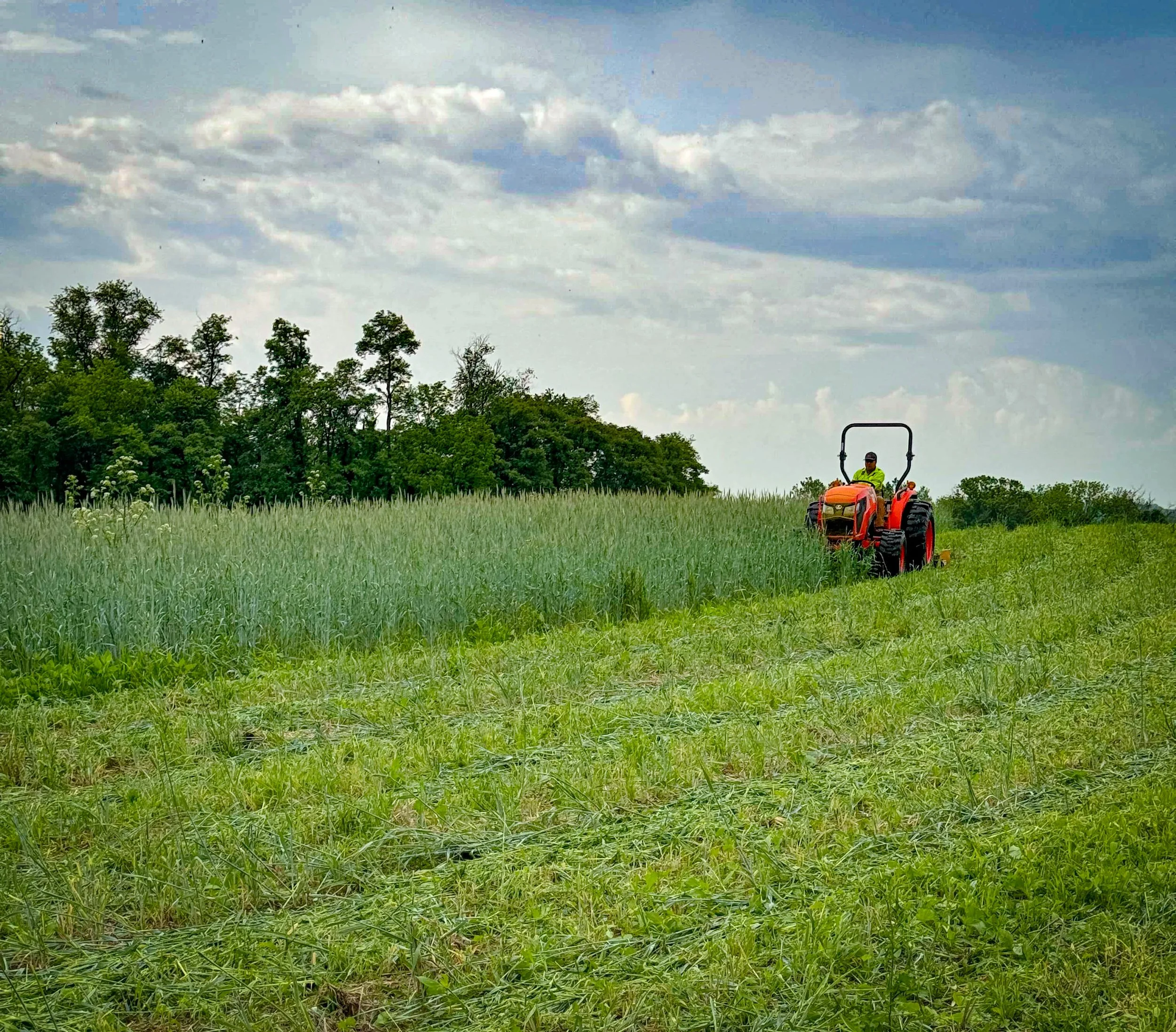When to Mow Fields: Minimizing Impacts on Wildlife and Beneficial Insects
The Importance of Mowing Timing
Mowing fields is often necessary for managing vegetation, controlling invasive species, and maintaining usable land. However, the timing of mowing can significantly impact wildlife and beneficial insects, particularly those that rely on grasses and wildflowers for food, shelter, and breeding.
By choosing the right times to mow, property owners can balance land management needs with protecting the ecosystems that make their property vibrant and sustainable.
How Mowing Affects Wildlife and Insects
1. Ground-Nesting Birds:
Species like bobwhite quail, wild turkeys, and meadowlarks build their nests in grasses and rely on undisturbed fields during nesting season. Mowing at the wrong time can destroy nests and displace birds.
2. Pollinators:
Bees, butterflies, and other pollinators depend on wildflowers in unmowed fields for nectar and pollen. Cutting fields when flowers are in bloom can reduce food availability and harm pollinator populations.
3. Small Mammals and Reptiles:
Rabbits, turtles, and snakes use tall grasses and field edges for cover. Mowing during active periods can disrupt their habitats and expose them to predators.
4. Beneficial Insects:
Many insects that provide natural pest control or improve soil health thrive in field ecosystems. Mowing too frequently can reduce their populations and impact their role in the ecosystem.
Best Times to Mow Fields
1. After Nesting Season:
• Most ground-nesting birds finish nesting by late summer. To protect these species, avoid mowing from April through August.
• The best mowing window for minimizing impacts is typically early spring (March) or late fall (October-November), depending on your location.
2. During Dormant Seasons:
• Mow fields during the dormant period of plants and insects to reduce disturbances. In Maryland, this is generally late fall through winter (November-February).
3. Mid-Season Mowing for Specific Goals:
• If mowing is necessary during the growing season, wait until after the peak bloom of wildflowers (mid-July) to support pollinators.
• Mow in sections to leave undisturbed refuges for wildlife and insects.
4. Adjust Based on Local Conditions:
• Timing can vary depending on your region’s climate and the specific species present. Consulting local wildlife experts can help refine your mowing schedule.
Mowing Techniques to Minimize Impacts
1. Mow in Sections:
• Leave part of the field uncut to provide refuge for wildlife. Rotate the areas you mow each year to maintain diverse habitats.
2. Raise Mower Blades:
• Set mower blades higher to avoid cutting too close to the ground. This allows low-growing vegetation to remain and minimizes disruption to wildlife.
3. Use a Wildlife Flush Bar:
• Install a flush bar on your mower to encourage animals to move out of the way before cutting.
4. Create No-Mow Zones:
• Establish permanent no-mow areas along field edges, fence lines, or wetland borders to provide year-round habitat.
5. Avoid Nighttime Mowing:
• Many animals are more active at night. Mowing during daylight hours gives them a chance to move out of harm’s way.
Balancing Land Management with Stewardship
Mowing is an essential part of property management, but it doesn’t have to come at the expense of wildlife and beneficial insects. By timing your mowing carefully and using wildlife-friendly techniques, you can maintain your fields while contributing to a healthier, more balanced ecosystem.
How Patriot Natural Resources Can Help
At Patriot Natural Resources, we understand the challenges of balancing land management with conservation. Our team can help you:
• Develop a customized mowing schedule that minimizes impacts on wildlife and insects.
• Design and establish no-mow zones or rotational mowing plans.
• Incorporate native vegetation to enhance habitat quality and reduce mowing needs.
• Monitor and maintain your property to ensure long-term sustainability.
With our expertise, you can protect the health of your land and the wildlife that depends on it.
Make a Difference with Thoughtful Mowing Practices
When done thoughtfully, mowing can support both your property’s health and the wildlife that calls it home. By adjusting your approach and timing, you can make a meaningful impact on biodiversity, pollinator populations, and overall ecosystem health.
Contact Patriot Natural Resources today to learn how we can help you integrate wildlife-friendly practices into your property management plan.

